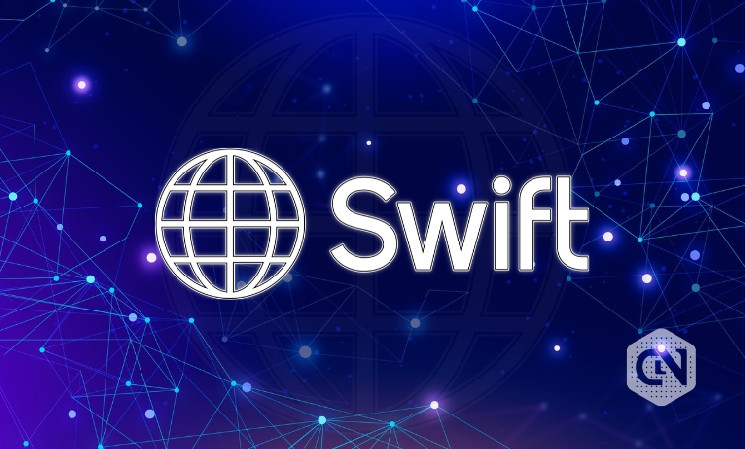Swift has reached out to the global Swift community to conduct a study on how the different communities can utilize their connections to interoperate successfully on multiple blockchain networks. Presently, institutional investors are up against the issue of interoperability on multiple blockchain networks. This is a prime requirement that needs adequate addressing. In this regard, Swift is pursuing the forming of associations with financial institutions of repute. The idea is to understand the ways in which the Swift framework can be utilized to carry out the shifting of tokenized value through an array of public as well as private networks.
It is an accepted fact that blockchain technology comes with a lot of potential. However, the operations and settlement procedures require to be worked upon, opening the doors for further investors, thus leading to a rise in liquidity. Yet, the trading of tokenized assets comes with its own set of hiccups when it comes to interacting with different blockchain networks. According to the Chief Innovation Officer of Swift, Tom Zschach, in the broken-up ecosystem, it is not viable for financial institutions to link up with various networks, which is the reason why Swift is focussing on the factor of interoperability.
Financial institutions are looking out for ways to utilize their present framework to link up with blockchain ledgers. In this scenario, tokens get listed in a proper and safe way. This will assist businesses to work effectively upon their framework, as well as operations, while at the same time, lessening investment-related costs substantially, as well as the risk of technology discontinuance.
As per the Head of Securities Strategy at Swift, Jonathan Ehrenfeld, institutions are scouring methods of coming to use for customers related to permissions, as well as public blockchain networks. In his opinion, a solution for this is awaited to be able to provide them with a safe way of backing the activities. He believes the need of the hour is to understand the situation more closely and come out with a blockchain interoperability plan.
In order to address all of these issues effectively, the first use case to be implemented will be the shifting of tokenized assets between separate wallets belonging to a single public blockchain network. In the next use case, it will be the shifting of tokenized assets belonging to a public blockchain to a permission one. The third will observe the shifting of tokenized assets from Ethereum to a separate public blockchain.
In the case of Chainlink, it will be utilized in the form of an enterprise abstraction layer, linking the Swift network with the Ethereum Sepolia network. In the meantime, Chainlink’s Cross-Chain Interoperability Protocol (CCIP) will allow total interoperability between the former and latter blockchains. From the viewpoint of the Co-Founder of Chainlink, Sergey Nazarov, working with Swift increases the level of confidence that the solution will soon be on its way.
 cryptonewsz.com
cryptonewsz.com
